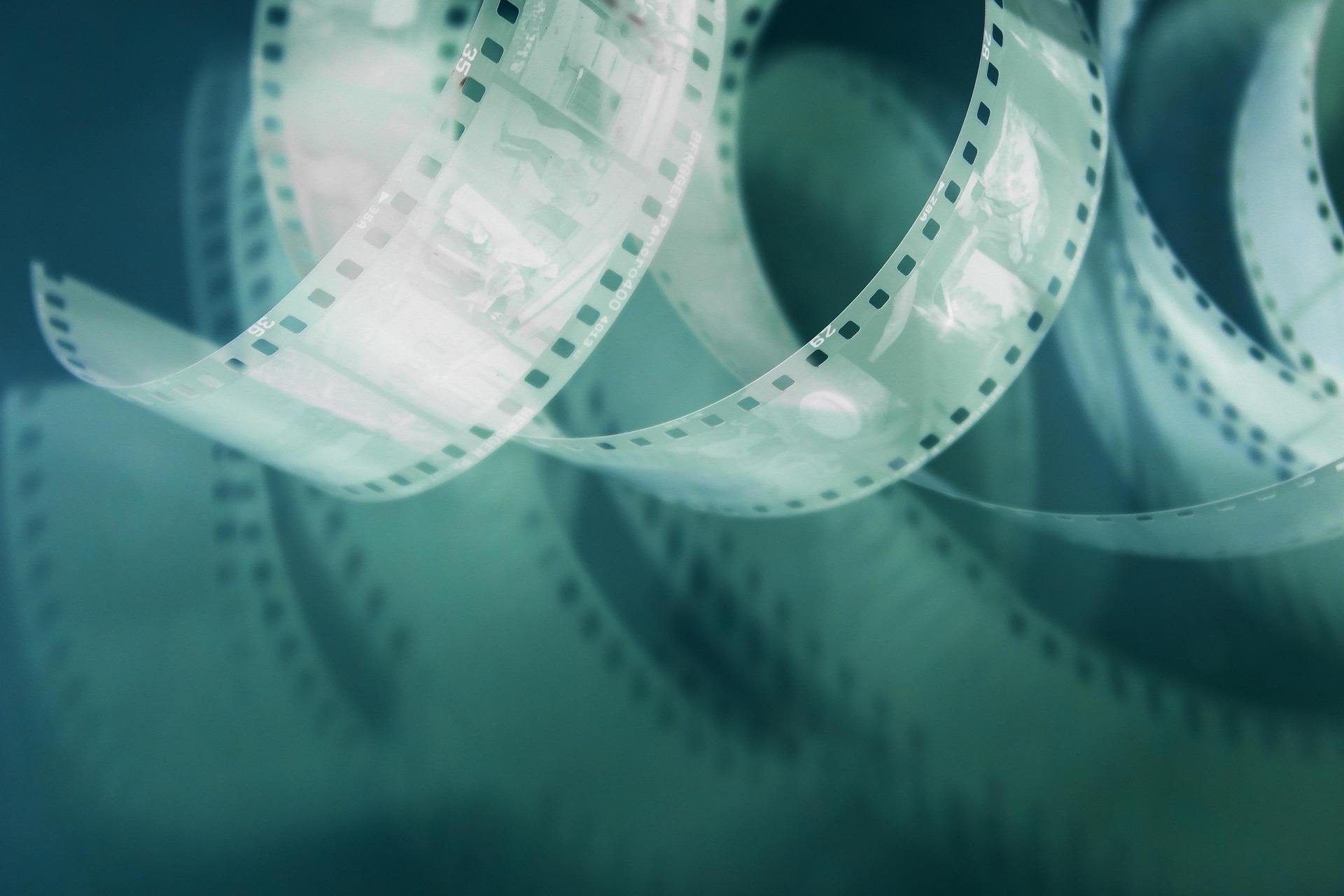Digital Artistry: An Unprecedented Leap in Creative Expression
As we plunge headlong into the digital age, an electrifying revolution is sweeping across the arts and entertainment industry. One domain that is making global waves is digital artistry, a realm where technology and creativity intertwine, crafting stunning visuals that are transforming the face of art as we know it. This article delves into the roots of digital artistry, its current trends, and the impact it has on creators and audiences alike.

The Dawn of Digital Artistry
In the late 20th century, as personal computers became widespread, artists began experimenting with the possibilities of digital technology. Early pioneers like Harold Cohen and Laurence Gartel were among the first to recognize the potential of computers as artistic tools, creating intricate designs and animations that were previously unimaginable. Over the years, digital artistry has evolved, incorporating advancements in technology like virtual reality, artificial intelligence, and 3D printing, each development pushing the boundaries of creative expression.
The Modern Digital Canvas
Today, digital artistry is a multi-faceted field with various sub-domains. From digital painting and 3D modeling to virtual reality art and algorithmic art, digital creators are consistently blurring the lines between traditional and modern art forms. Recently, the rise of non-fungible tokens (NFTs) has given digital art a newfound legitimacy, with artists selling their digital creations for staggering amounts in online marketplaces.
Transforming the Artistic Process
Digital artistry has profoundly affected the artistic process, giving creators unprecedented control over their work. Artists now have an array of tools at their disposal, allowing them to manipulate their pieces in ways that would be impossible with traditional mediums. Furthermore, the digital platform offers an infinite canvas, enabling artists to explore concepts of space and time in their work, pushing the boundaries of what is considered art.
The Audience Experience
The impact of digital artistry extends beyond the creators to the audience as well. With digital art, audiences can interact with artwork in novel ways, from immersive virtual reality experiences to participatory art pieces where viewers can alter the artwork in real-time. This interactivity adds a new dimension to the art-viewing experience, making it more personal and engaging.
The Future of Digital Artistry
As we move forward, the future of digital artistry looks promising. With continued technological advancements and increasing acceptance of digital art as a legitimate form of artistic expression, we can anticipate a future where digital artistry continues to challenge and redefine our understanding of art.
In conclusion, digital artistry represents a significant shift in the world of art and entertainment, merging technology and creativity to create a new form of artistic expression. As we continue to embrace the digital age, we can expect this field to continue evolving, continually pushing the boundaries of what art can be.




